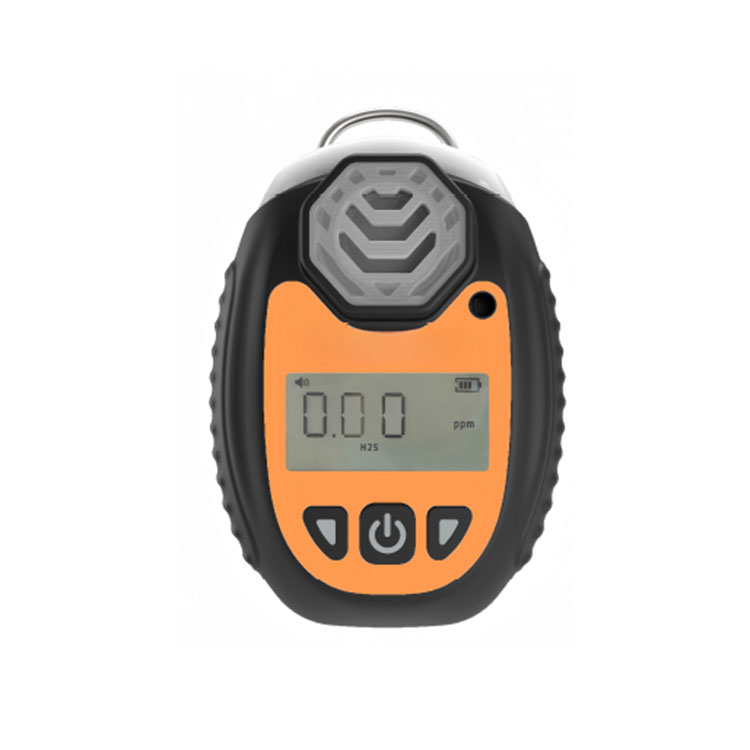Choosing the Right Personal Carbon Dioxide Monitor: Factors to Consider and Practical Applications
2024-05-07
In today's world, where concerns about indoor air quality are increasingly prevalent, the need for personal carbon dioxide (CO2) monitors has never been greater. These compact devices offer individuals the ability to track CO2 levels in their immediate surroundings, empowering them to make informed decisions about their indoor environments. However, with a variety of options available on the market, selecting the right personal CO2 monitor can be a daunting task. To aid in this decision-making process, let's explore the key factors individuals should consider when choosing a personal CO2 monitor and delve into some potential applications where such a device can prove particularly beneficial.
Factors to Consider When Selecting a Personal Carbon Dioxide Monitor
1. Accuracy and Precision: Accuracy is paramount when it comes to CO2 monitoring. Individuals should look for monitors that provide precise measurements within a specific range. Calibration capabilities and sensor technology are essential factors to consider to ensure accurate readings.
2. Portability and Size: Personal CO2 monitors are designed to be portable, allowing users to carry them wherever they go. Consider the size, weight, and form factor of the device to ensure it meets your portability needs without sacrificing functionality.
3. Battery Life and Power Source: Battery life is crucial for uninterrupted monitoring. Look for monitors with long-lasting batteries or alternative power sources such as rechargeable batteries or USB charging capabilities to ensure continuous operation.
4. User Interface and Data Display: A user-friendly interface and clear data display are essential for easy interpretation of CO2 levels. Choose a monitor with an intuitive interface, easy-to-read display, and customizable settings for optimal user experience.
5. Data Logging and Connectivity: Some personal CO2 monitors offer data logging capabilities, allowing users to track CO2 levels over time and identify trends. Consider whether connectivity features such as Bluetooth or Wi-Fi are important for transferring data to other devices or platforms for further analysis.
6. Price and Budget: Personal CO2 monitors are available at various price points, so consider your budget and weigh the features and functionalities offered by different models to find the best value for your needs.
Practical Applications and Scenarios
1. Home Environment: Personal CO2 monitors are invaluable tools for monitoring indoor air quality in homes, particularly in areas with poor ventilation or high occupancy. Individuals can use these monitors to optimize airflow, identify sources of indoor pollution, and create healthier living environments for themselves and their families.
2. Workplace Settings: In office environments, personal CO2 monitors can help employees and employers alike ensure optimal indoor air quality and productivity. Monitoring CO2 levels can help identify areas with inadequate ventilation, optimize HVAC systems, and create comfortable and conducive workspaces.
3. Educational Facilities: Schools and classrooms can benefit from personal CO2 monitors to ensure the health and well-being of students and teachers. Monitoring CO2 levels can help identify areas with poor ventilation, reduce the risk of airborne transmission of illnesses, and create safe and healthy learning environments.
4. Public Spaces: Personal CO2 monitors can also be useful in public spaces such as restaurants, cafes, and public transportation vehicles. Monitoring CO2 levels can help assess indoor air quality, identify areas with poor ventilation, and ensure the comfort and safety of patrons and passengers.
Conclusion
As concerns about indoor air quality continue to grow, the importance of personal CO2 monitors cannot be overstated. By considering factors such as accuracy, portability, battery life, user interface, and price, individuals can select the right monitor to meet their specific needs. Whether in the home, workplace, educational facility, or public space, personal CO2 monitors offer valuable insights into indoor air quality and empower individuals to create healthier and more comfortable environments for themselves and others. With the right monitor in hand, individuals can breathe easier knowing they have the tools to monitor and optimize indoor air quality wherever life takes them.


